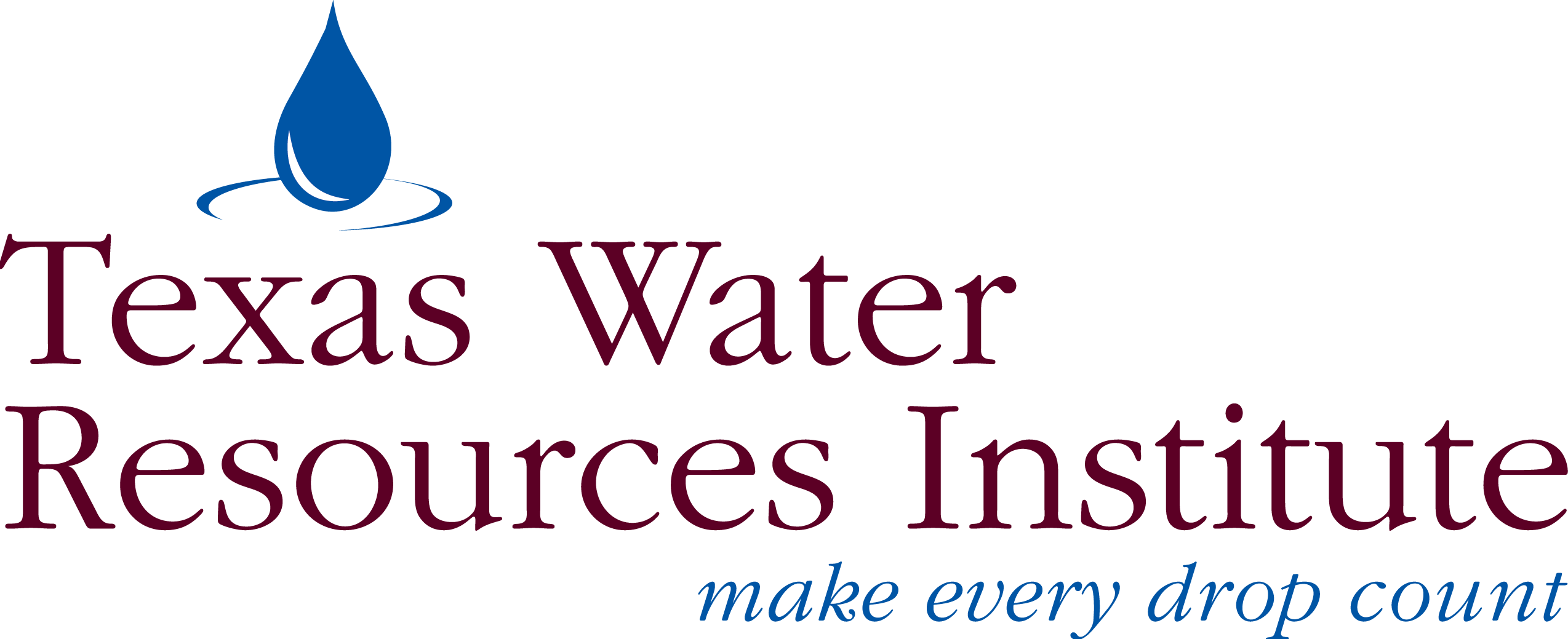Improving water quality in a creek or waterway requires cooperation from numerous landowners, residents, and officials at local, state and federal agencies. In short, it isn’t easy. Accordingly, water quality successes are cause for celebration, and the Tres Palacios Watershed Protection Plan was recently celebrated by the U.S. Environmental Protection Agency (EPA) as a success story, following measured improvements in local water quality.
In 2014, the Tres Palacios Creek watershed was listed as impaired due to elevated bacterial content in the water. To address the impairment, a group of Tres Palacios watershed residents, stakeholders and officials, led by the Texas Water Resources Institute (TWRI), went through a long process of stakeholder input, WPP development, planning and implementation, which resulted in a successful decrease in bacterial content.
Part of this planning was developing Total Maximum Daily Loads (TMDLs), a measure of the total maximum amount of pollutants that can be in the area to meet water quality standards.
Then, TWRI helped bring together residents and stakeholders to develop a locally driven plan to improve water quality and reduce the bacterial content, known as a watershed protection plan (WPP). This plan is a comprehensive way to address non-point source pollution.
Implementation of the Tres Palacios Creek WPP involved various management measures, including septic system repair, adding pet waste stations and encouraging proper stocking rates and rotational grazing.
Through the project, eight failing septic systems were replaced in an economically disadvantaged community on Tres Palacios Creek. TWRI also created pocket guides to help residents with maintenance. Projects like this prevent wastewater contaminants from entering the watershed through leaks and flooding.
“It remediates a bacteria and human health issue, and it helps people who otherwise couldn’t afford it, but it also creates buy-in to the watershed protection planning work that we do,” said Emily Monroe, TWRI Project Specialist, who led the septic system repair.
The most difficult part of this plan was getting individuals involved, said Monroe and Michael Schramm, TWRI Research Specialist, another leader on the project.
There wasn’t one big contributor in this watershed, there were many, small contributors that added up to a big problem. Thus, it was important to get individuals interested in doing their part. Schramm said local agencies were crucial for this step.
“Luckily at this in this watershed we had some really great local leadership. The soil water conservation districts down there are excellent. They have great leadership, and they wanted to be part of the solution,” said Schramm.
Monroe says this issue came up when identifying failing septic systems, as residents were hesitant to allow strangers to assess their property. The solution they found was offering a free septic pumping with inspection.
Although the bacterial content has declined greatly, there’s still work to be done.
There are natural bacteria contributors, such as wild animals, that may cause bacteria to always be present in the watershed. The bacteria can also survive in the soil for a while, meaning a flood could bring it back into the water and elevate the bacterial content.
In the end, Schramm said only time will tell. “It took a long time for us to create a problem, and it does take a while for it to remediate,” he said.
Success stories such as Tres Palacios show the potential impact of residents, landowners and agencies working together to protect communities’ water resources and carry out the Clean Water Act. This project was funded and supported by the Texas Commission on Environmental Quality (TCEQ) and the Texas State Soil and Water Board (TSSWCB).



